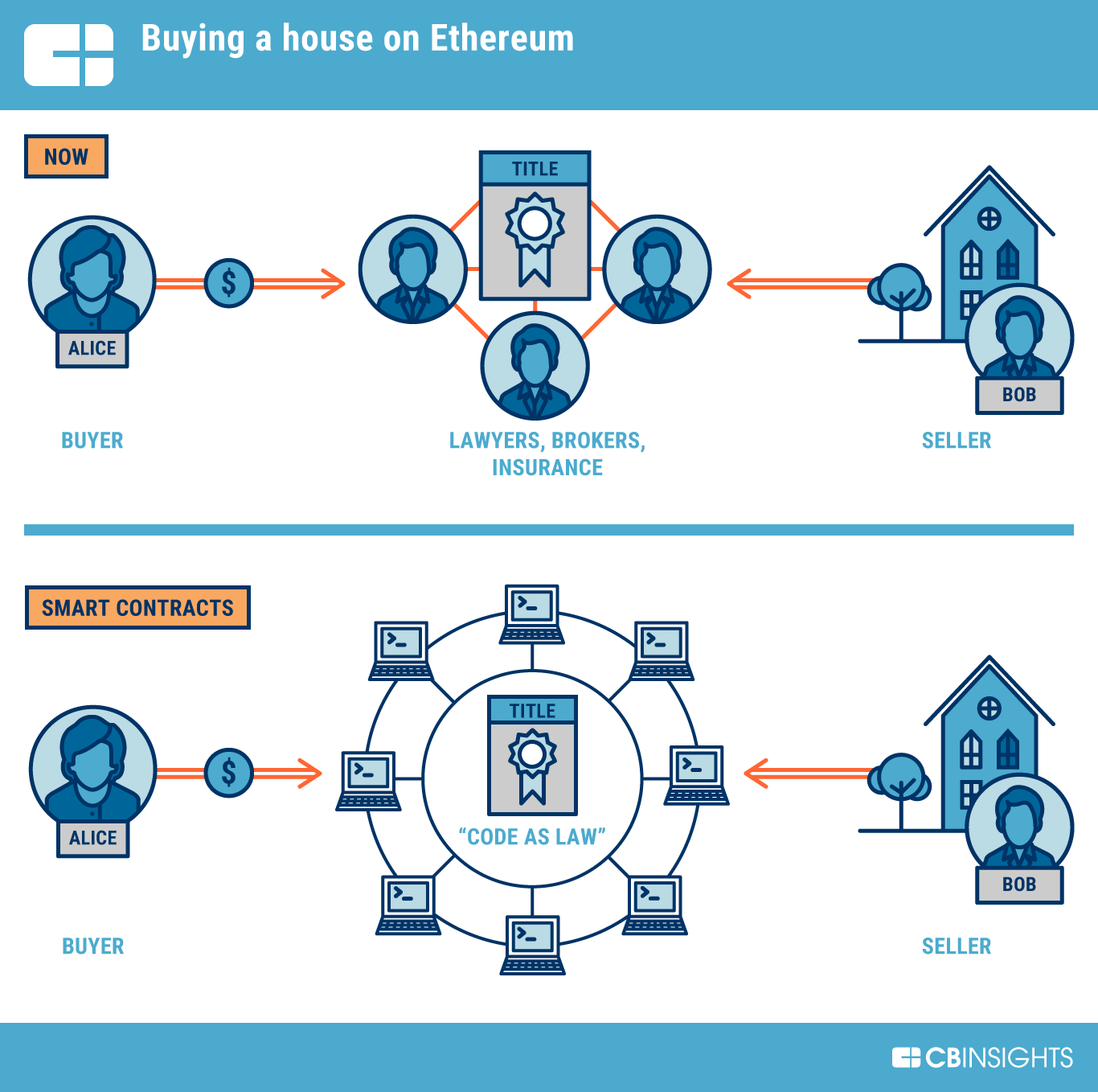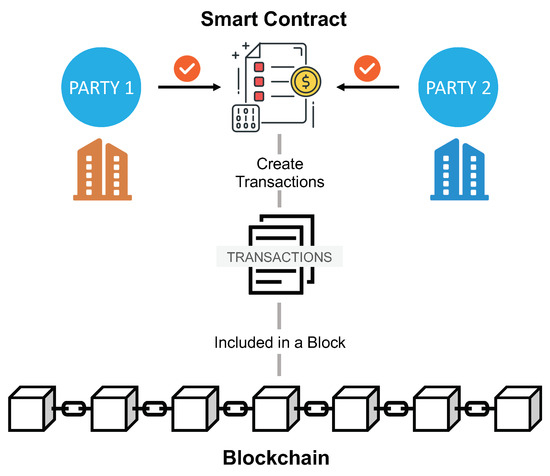What is Ethereum?
Ethereum is a decentralized open-source blockchain system that features its own cryptocurrency, Ether. ETH is the native currency of the Ethereum platform and is used to pay for transactions and services on the network. Ethereum also allows for the creation of smart contracts, which are self-executing contracts that run on the blockchain.
History of Ethereum
Ethereum was created in 2013 by Vitalik Buterin, a Russian-Canadian programmer. Buterin was inspired by the Bitcoin blockchain, but he believed that it could be used for more than just payments. He wanted to create a platform that could be used to build decentralized applications, or dapps.
In 2014, Buterin and a team of developers launched the Ethereum crowdsale, which raised over $18 million in ETH. The funds were used to develop the Ethereum platform and to launch the first dapps.
How Ethereum Works
The Ethereum blockchain is a distributed ledger that records all transactions that take place on the network. The ledger is maintained by a network of nodes, which are computers that run the Ethereum software.
Transactions on the Ethereum blockchain are verified by miners. Miners are rewarded with ETH for verifying transactions and adding them to the blockchain.
Smart Contracts
One of the most important features of Ethereum is its ability to create smart contracts. Smart contracts are self-executing contracts that run on the blockchain. This means that they are not subject to the control of any third party.
Smart contracts can be used to create a wide variety of applications, such as decentralized exchanges, crowdfunding platforms, and prediction markets.
The Future of Ethereum
Ethereum is still a relatively new platform, but it has already shown great potential. The platform is constantly evolving, and there are a number of exciting new developments in the pipeline.
One of the most important developments is the move to Proof-of-Stake (PoS). PoS is a more energy-efficient consensus mechanism than Proof-of-Work (PoW), which is the current consensus mechanism used by Ethereum.
Another important development is the Ethereum 2.0 upgrade. Ethereum 2.0 is a major upgrade to the Ethereum platform that will improve scalability, security, and efficiency.
Ethereum is a powerful platform with a bright future. It has the potential to revolutionize the way we interact with the world around us. As the platform continues to evolve, we can expect to see even more exciting developments in the years to come.
Here are some of the most popular use cases of Ethereum:
- Decentralized finance (DeFi): DeFi is a financial system that is built on top of the Ethereum blockchain. It allows people to lend, borrow, and earn interest on their money without the need for a bank or other financial institution.
- Non-fungible tokens (NFTs): NFTs are digital assets that are unique and cannot be replaced. They can be used to represent ownership of anything from artwork to real estate.
- Dapps: Dapps are decentralized applications that run on the Ethereum blockchain. They are not subject to the control of any third party, which makes them more secure and transparent.
- Smart contracts: Smart contracts are self-executing contracts that run on the Ethereum blockchain. They can be used to automate a wide variety of transactions, such as payments, insurance, and voting.
Ethereum is a powerful platform with a wide range of potential applications. It is still a relatively new platform, but it has already shown great promise. As the platform continues to evolve, we can expect to see even more exciting developments in the years to come
What are dapps?
Dapps, or decentralized applications, are applications that run on a blockchain network. They are not subject to the control of any central authority, which means that they are more secure and transparent than traditional applications.
- How do dapps work?
Dapps are powered by smart contracts, which are self-executing contracts that run on the blockchain. Smart contracts are written in code, and they can be used to automate a wide variety of transactions, such as payments, insurance, and voting.
- What are the benefits of dapps?
There are many benefits to using dapps, including:
Code snippet* **Security:** Dapps are more secure than traditional applications because they are not subject to the control of any central authority. * **Transparency:** Dapps are more transparent than traditional applications because all of the code is open-source and can be audited by anyone. * **Immutability:** Dapps are immutable, which means that the data stored on the blockchain cannot be changed. * **Scalability:** Dapps can be scaled to handle a large number of users.
- What are the challenges of dapps?
There are also some challenges to using dapps, including:
Code snippet* **Complexity:** Dapps can be complex to develop and use. * **User experience:** The user experience of dapps can be poor compared to traditional applications. * **Regulation:** The regulatory status of dapps is still unclear.
- What are the future of dapps?
The future of dapps is bright. As the technology matures, dapps are becoming more user-friendly and there is a growing interest in their use. Dapps have the potential to revolutionize the way we interact with the world around us, and we can expect to see even more exciting developments in the years to come.
Here are some examples of dapps that are currently in use:
- Uniswap: Uniswap is a decentralized exchange that allows users to trade cryptocurrencies without the need for a central authority.
- Axie Infinity: Axie Infinity is a blockchain-based game that allows users to collect, breed, and battle digital pets.
- MakerDAO: MakerDAO is a decentralized lending platform that allows users to borrow and lend cryptocurrency.
- Storj: Storj is a decentralized file storage platform that allows users to store their files on the blockchain.
These are just a few examples of the many dapps that are currently in use. As the technology continues to mature, we can expect to see even more dapps being developed and used in the future.







































